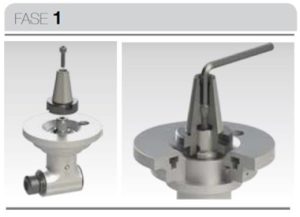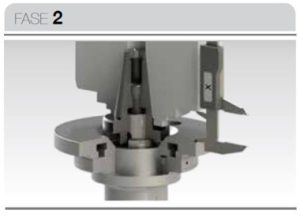Do you have a question about Alberti angle heads?
Look up in the FAQ below to check the answer you are looking for. Our staff is always at disposal to assist you. Otherwise, contact us: we are always there for you.
Table of content




 Check if the installation is correct by following the instructions in the manual and by assembling the head manually. Installation may need to be repeated: check the
Check if the installation is correct by following the instructions in the manual and by assembling the head manually. Installation may need to be repeated: check the 





